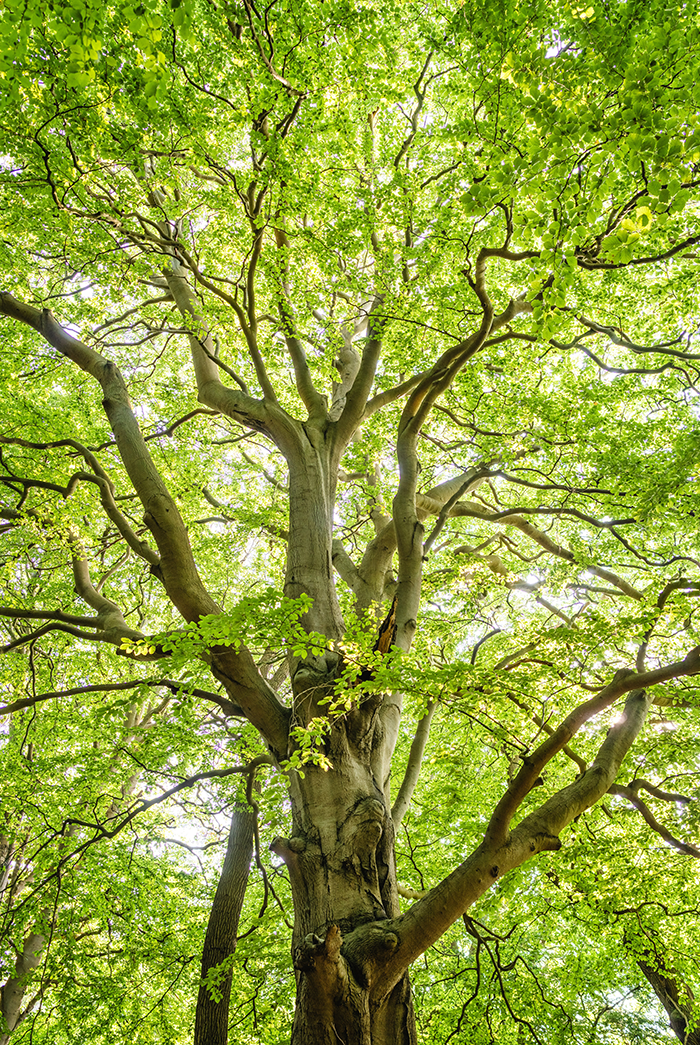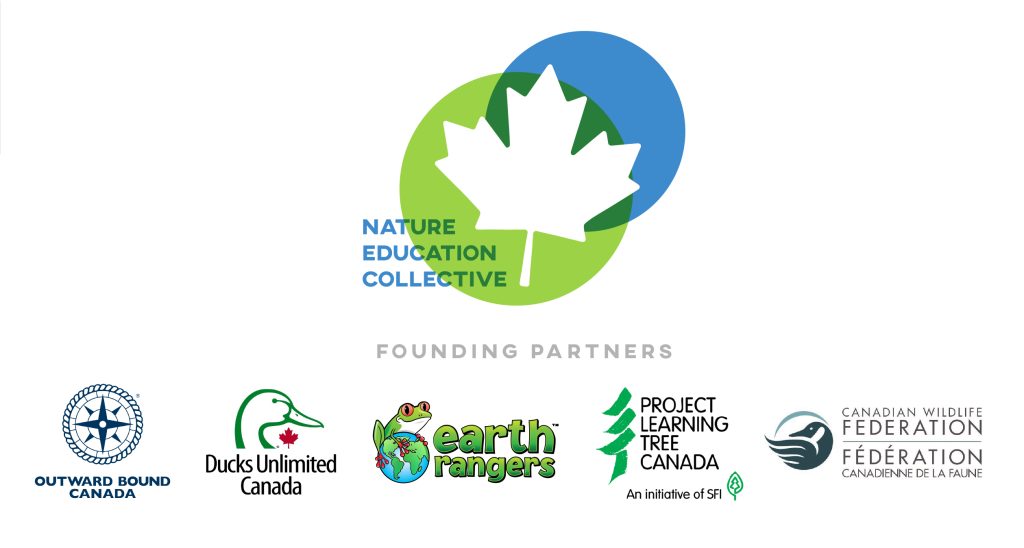Trees work hard and take care of us. It only makes sense that we take care of them. In this activity,
students learn about and share ways to protect trees.

Grade level: K-3, 4-6
Learning Objectives:
– Recognize the interconnectedness between humans and trees
– Identify behaviours that can reduce human impact on trees
During this activity, students will:
– Observe their daily habits and identify changes they can make to better take care of trees
– Share the importance of taking care of trees with those around them
Materials:
• TREErific Habits
• TREErific Handout (one per student)
Set up:
Prepare one Your TREErific Habits handout for each student in the class using GOOS (Good on one side) paper or another tree-friendly medium.
Instructions
1. Ask students what they know about trees and how they help us. The following points from the Trees and Climate Change info sheet can help lead the discussion:
- Give us oxygen to breathe
- Give us food like fruit and nuts
- Are home to lots of animals
- Give us wood and paper
- Can be used to make medicine
- Give us shade to help cool down
- Help fight climate change by absorbing carbon dioxide
- Help remove pollutants from the air
- Filter water and help keep it clean
These resources can help you introduce the topic:
Sid the Science Kid – Beautiful Trees (Song, 1:44)
The Genius of Trees by Philip Bunting
The Magic and Mystery of Trees by Jen Green and illustrated by Claire McElfatrick
2. Next, discuss some of the problems that result from deforestation, or permanently cutting down trees. Here are a few suggestions to get you started:
- Less food for us and for wildlife
- Loss of wildlife habitat
- Less absorption of carbon dioxide
- More erosion such as the breakdown of river banks (the roots of trees absorb extra water)
3. Do a think-pair-share, asking the students what we can do to take care of the trees around us.
4. Explain the activity: To help take care of trees, this week we are going to do the Tree Hugger Challenge! In this challenge, we are going to try to adopt as many tree-friendly habits as possible. Using the Six TREErific Habits sheet, explain the six habits to the students and answer any questions.
5. Distribute the Your TREErific Habits handout and explain to the students how to fill it out: Every day for one week, you are going to put a checkmark next to the habits that you do that day. You can only check each habit once a day. At the end of the week, we’ll see how many habits we’ve done together.
Results and Discussion
At the end of the week, make a full class tally for each habit and talk about the results with the class.
About the Activity:
- Why do you think this habit (the one with the highest number of checks) was the easiest for the class?
- Why do you think this habit (the one with the least number of checks) was the most difficult for the class?
- Was there another habit you found difficult? Why?
- Which other habits could we add to the challenge?
Going further:
- Why do you think we use so much paper? How could we change this?
- How do you think we can get people to change their habits?
- For the “Get talking about trees!” habit, what did you tell people about trees? What do you think is most important for them to know?
Next step
Ask each student to pick the most important message they learned this week that they would like to pass along. Remind them that it doesn’t have to be the same message for everyone. Challenge them to share it with 5 different people over the day (not including members of the class). The following day, discuss the reactions they had to their messages.
Upload a picture of your class hugging a tree to join our Tree Huggers Hall of Fame!
Extension activities
Make your own paper (Canada Science and Technology Museum)
Resources
Storybooks:
The Genius of Trees by Philip Bunting
The Magic and Mystery of Trees by Jen Green and illustrated by Claire McElfatrick
Video:
Sid the Science Kid – Beautiful Trees (Song, 1:44)
Listen and Learn:
Forests are big ecosystems (Earth Rangers Podcast)
Other
Trees and Climate Change (Earth Rangers)
Tree Guide to Canada (Earth Rangers)
To go further in depth about the role and importance of trees in our lives, Project Learning Tree Canada, our partner in the Nature Education Collective, has created the Forest Literacy Framework. It provides clear explanations of terms and ideas related to trees and forests. Their exploring your Environment K-8 Activity Guide provides a variety of activities to help deepen understanding among students of these concepts.

